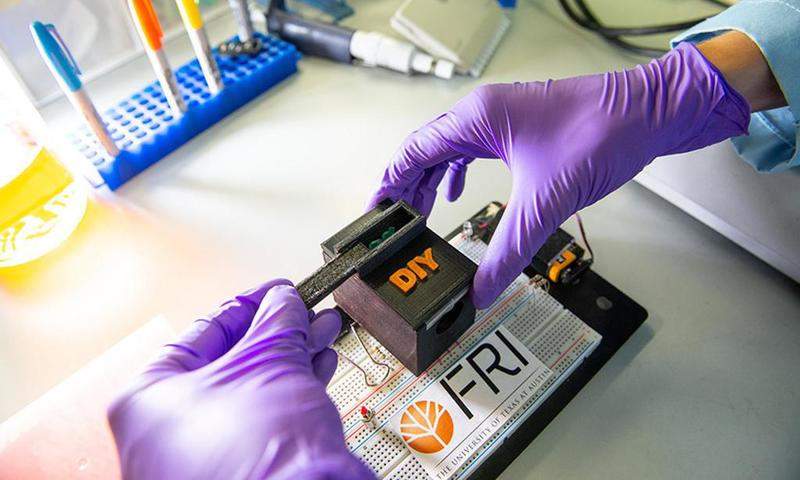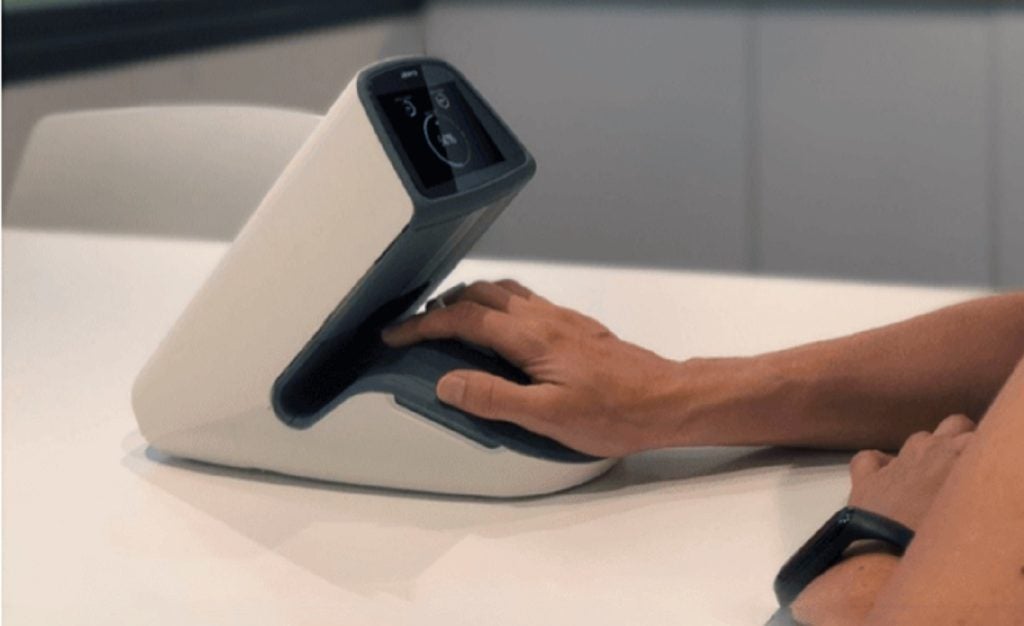
A research team at the University of Texas has developed a new diagnostic tool to identify a species of mosquito that carries harmful viruses such as Zika, dengue, chikungunya and yellow fever.
The tool comprises a smartphone camera, 3D-printed box and simple chemical test to assess if a dead mosquito is of the Aedes aegypti species.
This species is known to be a carrier for dangerous diseases and is associated with the rapid increase in mosquito-borne diseases since 2004 in the US.
University of Texas at Austin Molecular Biosciences department research associate Sanchita Bhadra said: “Many of these diseases are spreading in areas where they weren’t common before.
“Having surveillance is important in conjunction with any kind of outbreak, and this method allows a rapid test in the field.”
In addition to disease-carrying mosquitoes, the new diagnostic tool can also identify the presence of a biopesticide called Wolbachia.
How well do you really know your competitors?
Access the most comprehensive Company Profiles on the market, powered by GlobalData. Save hours of research. Gain competitive edge.

Thank you!
Your download email will arrive shortly
Not ready to buy yet? Download a free sample
We are confident about the unique quality of our Company Profiles. However, we want you to make the most beneficial decision for your business, so we offer a free sample that you can download by submitting the below form
By GlobalDataWolbachia is a type of bacteria that can prevent mosquitoes from spreading diseases. It is being used by public health agencies to infect mosquitoes in order to control the transmission of viruses.
The new tool can be used to track Wolbachia effectiveness. It is expected to provide a better alternative for existing tests that are considered hard-to-read, costly and not logistically convenient.
It is designed to analyse the nucleic acid of mosquitoes and delivers results as a yes or no readout on a smartphone. The tool is said to detect the target with more than 97% accuracy.
Bhadra added: “This test can happen without involving a lot of staff and equipment to make sure Wolbachia is effective and spreading as anticipated.”
Apart from identifying disease-carrying mosquitoes and Wolbachia, the researchers are working towards the application of this technology to easily detect if trapped mosquitoes are carrying pathogens.







